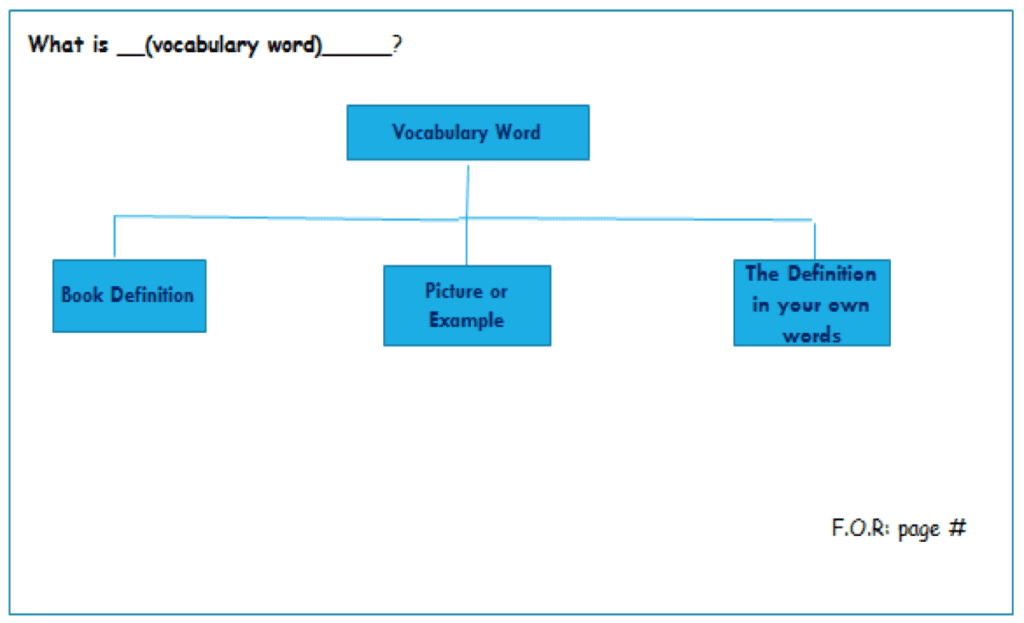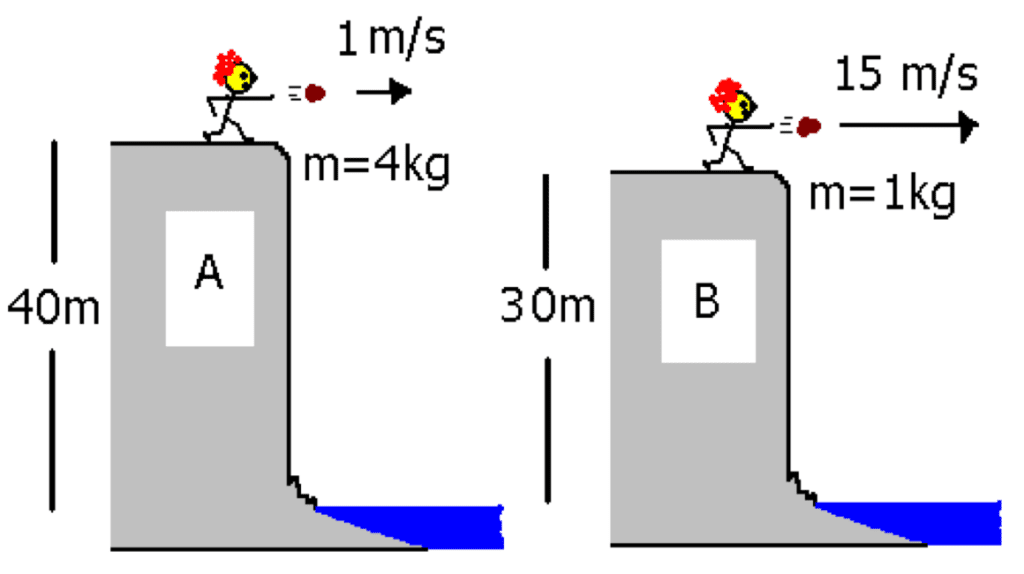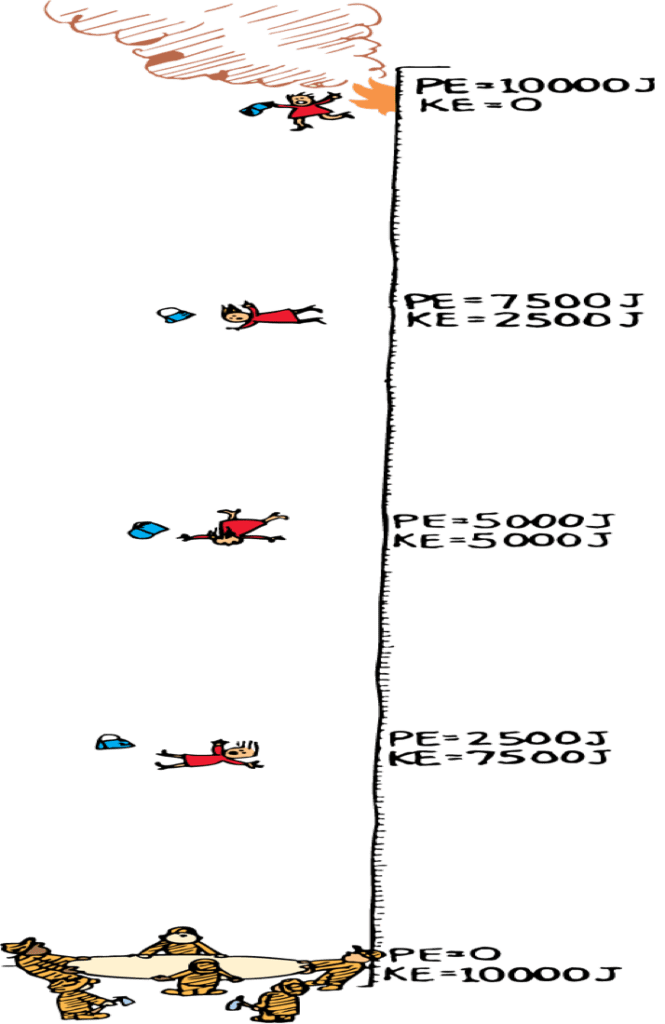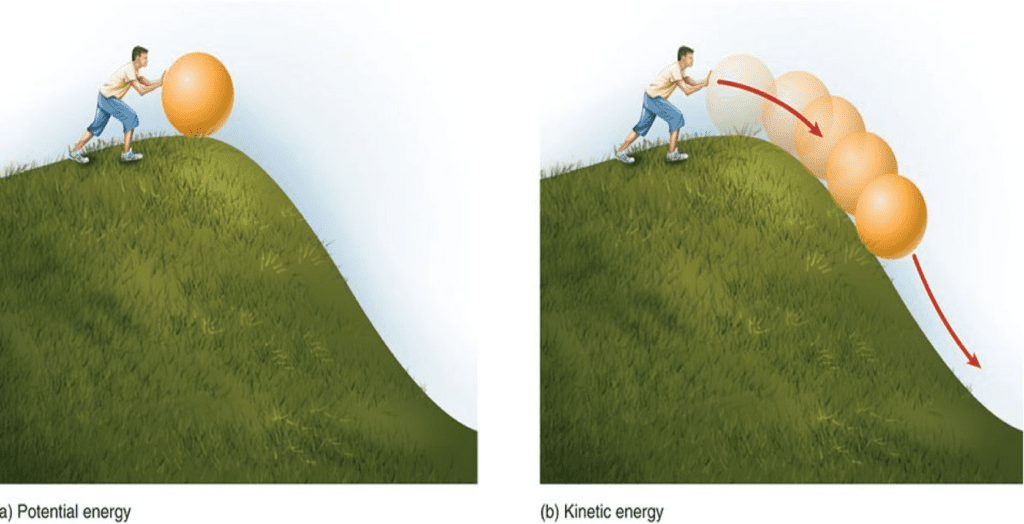Content Objectives:
Students will demonstrate comprehension of circular motion by completing a PHET Lady Bug Circular Motion Activity
Language Objectives:
Students will write to answer questions about circular motion using complete sentences on PHET Lady Bug Circular Motion Activity
Bell Work:
1. Choose the energy diagram that correctly represents the energy transfer of a rock being dropped from a building.
2. Choose the energy diagram that correctly represents the energy transfer of a child swinging from a swing, being released from its maximum height.
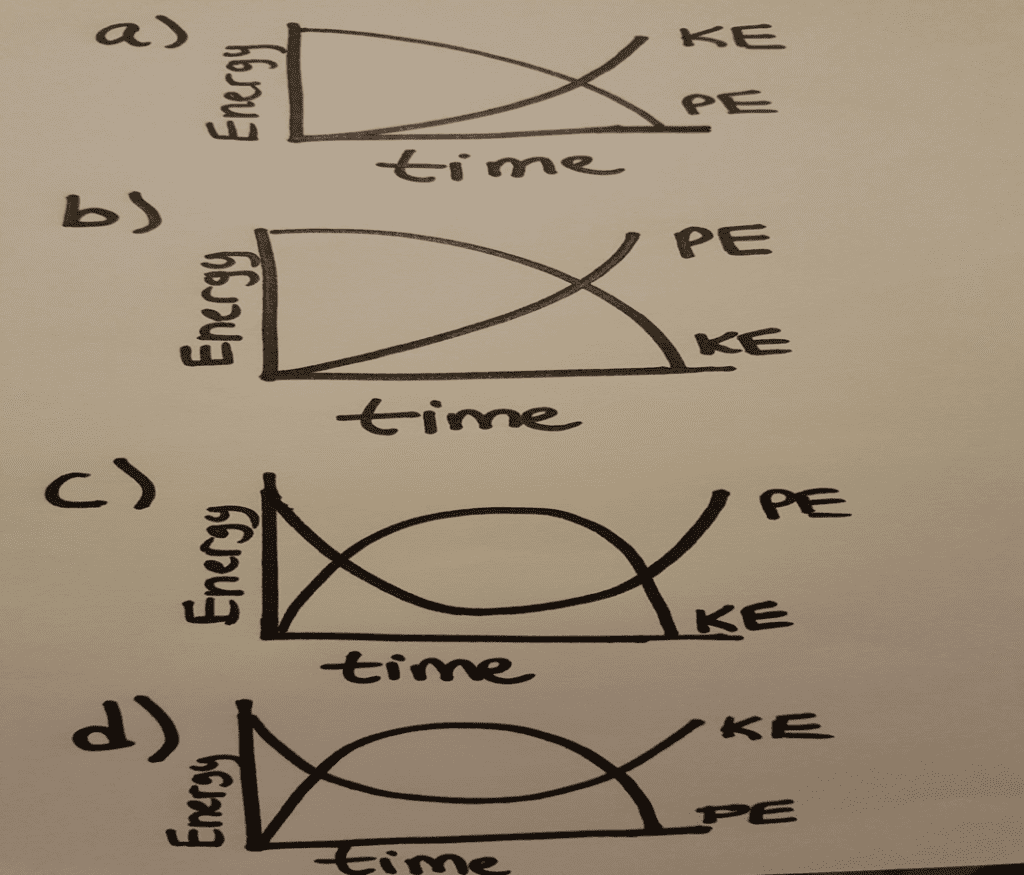
Exit Ticket:
Today, you explored ideas about circular motion. Write down 1 similarity and 1 difference between objects exhibiting circular motion vs. linear motion.
What are the 2 types of circular motion?
What is the difference between the two types?
Homework:
chapter 10 mini-vocabulary tree maps DUE tomorrow
1.Axis
2. Rotation
3. Revolution
4. Linear Speed
5. Tangential Speed
6. Rotational Speed
7. Centripetal Force
8. Centrifugal Force
